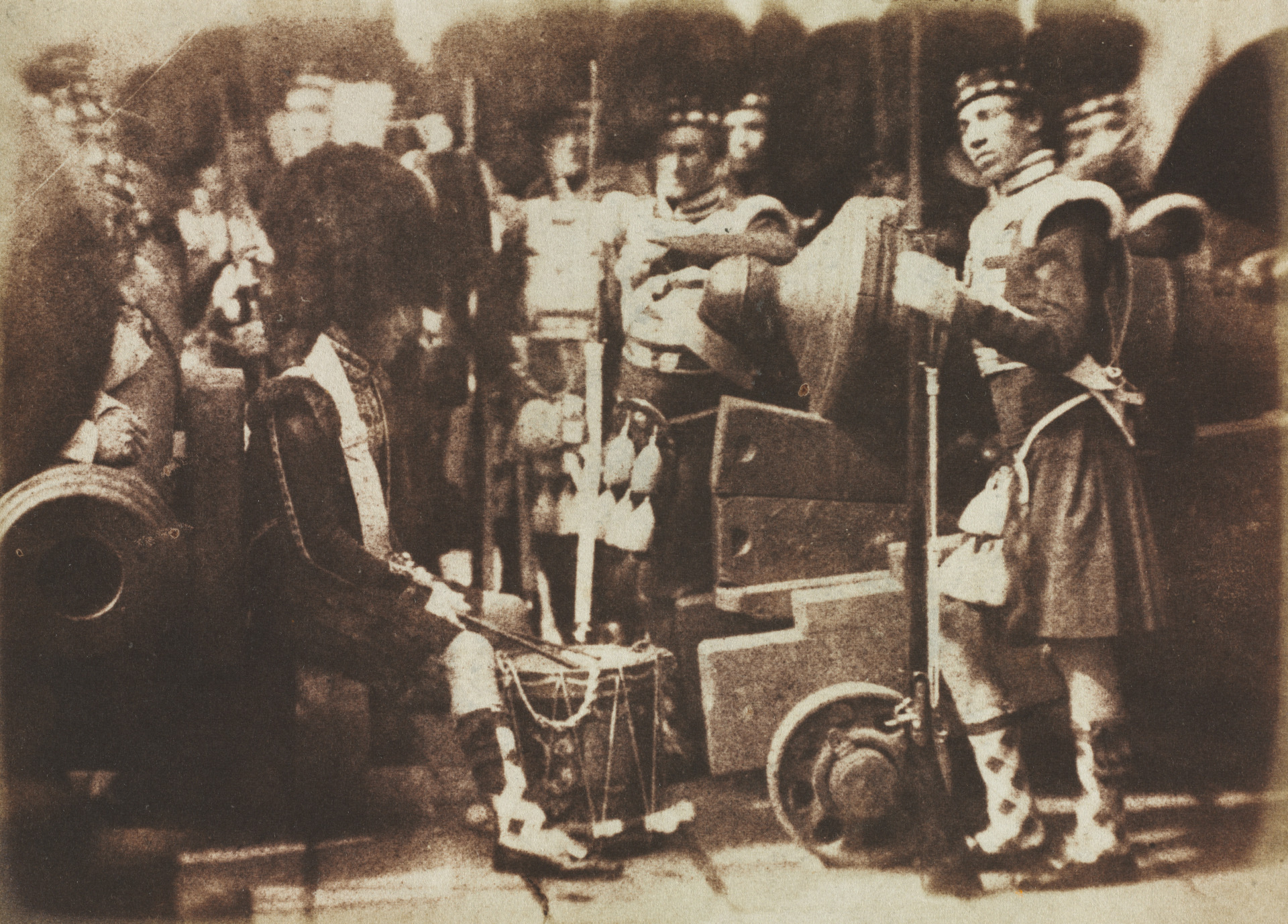
- Magazine Article
- Exhibitions
Cheating Death
A look at the first 50 years of portrait photography

In this selfie-besotted age, it is hard to believe that until 1839 only upper-class people could own a likeness of themselves or of their families or friends. That year brought the announcement of the invention of photography and the advent of the relatively inexpensive daguerreotype, ushering in a permanent shift in our relationship to our self-image. Having a photograph taken was not the casual, commonplace act it is now. Recording appearance required an appointment with a professional portrait photographer or, occasionally, a serious amateur. The experts’ near monopoly lasted until 1888, when Kodak introduced the first snapshot camera.
Cheating Death presents more than 50 portraits from the medium’s first 50 years, almost all drawn from the museum’s extraordinarily rich holdings of 19th-century photography. In 1839 the ability to possess an accurate portrayal of someone seemed a miracle on the order of the Veil of Veronica. Daguerreotypes were unique, fragile images that required a case and a protective sheet of glass, lending them an air of preciousness. A few years later, multiple prints on paper could be made from the same negative and the more durable tintype appeared.
Within a decade, the proliferation of photographers and images dissipated the magic of merely mirroring a face, although not the pleasure of owning or sharing one’s portrait. Additional demands began to be placed on the photographic portrait. On one hand, it was used to help catalogue, categorize, and explain society and the social order, and on the other, to delve beyond mere appearance to reveal sitters’ inner thoughts and emotions.
Among the earliest photographers to explore both the artistic and societal possibilities of the portrait were the Scottish team of painter David Octavius Hill (1802–1870) and engineer Robert Adamson (1821–1848). Their four-year collaboration yielded around 3,000 photographs, including portraits of members of the middle and upper classes and, in what may be the first social documentary project, of the working class. A frequent sitter was Elizabeth Rigby, later Lady Eastlake (1809–1893), who in 1857 wrote one of the first histories of photography as a fine art. But the duo also produced numerous portraits of the fishwives in the villages around Edinburgh. Posing the women with their wares and wicker baskets, Hill and Adamson respectfully preserved not only their likenesses but also their names. Portraits of workers with the tools of their trade would later be labeled “occupationals” by collectors and historians. The section of the exhibition that explores this widespread genre includes occupations ranging from painters and fish porters to Scots Guards and Buddhist monks.
Photography also became a valuable tool for documenting, identifying, and classifying aspects of the natural world. Naturalist Jacques-Philippe Potteau (1807–1876) spent much of the 1860s producing a series of ethnographic portraits for the Museum of Natural History in Paris that, despite their anthropological purpose, employed the standard commercial studio conventions of the time. His 1868 portrait of Matra Reinhard, accompanied on the mount by “scientific” information—her name, parentage, ethnic heritage, birthplace, age, and height—is also a beautiful, sympathetic image of a serious five-year-old in a ripped dress.

Matra’s expression may derive more from the situation than from her personality. The photographic processes used during the medium’s first half century required exposure times ranging from several seconds to several minutes. Stratagems to keep the sitter’s head from wobbling, and thus blurring the image, ranged from steel braces that screwed around the skull to poses that supported the chin with the arm. Hands could be steadied by clasping, holding onto props, or folding the arms, or the unruly extremities could be cropped out of the frame. But even as exposure times shortened and poses became freer, holding a steady smile remained a challenging task. Thus the somber mien of all the subjects in this exhibition, which contains not a single smiling face.
Children, though especially difficult to photograph, were particularly cherished subjects given that in 1840 an estimated third of them died before reaching the age of five. Serious amateur photographer Lewis Carroll (1832–1898), now best known as a children’s author, used storytelling to keep young sitters still during long exposures. Then as now, children were photographed to preserve their stages of growth and so that distant relatives could see them. When a child died, photography offered grieving parents the opportunity to immortalize the youngster’s features and share the likeness with out-of-town family and friends. This tragic genre of photographs, later called “post-mortems,” depict the children attired in fine clothing, lying down with eyes shut, as if merely napping.

Many early commercial portrait photographers hoped to convey more than mere appearance, but it was a woman pursuing photography as art, Julia Margaret Cameron (1815–1879), who most fully succeeded. This exhibition marks the Cleveland debut of Julia Jackson (1867), a depiction of the artist’s beloved niece taken weeks before the 21-year-old’s wedding. In the Victorian era, marriage signified a female’s passage from girlhood into womanhood. There is little childlike in this boldly modern, frontal close-up. Her gaze is more characteristic of peering into a mirror than posing before a camera lens, as if Jackson is examining her image and wondering how marriage will change it. Most interestingly, the portrait is one of a series of four, all made from the same negative, of which two will be on view. They are each a reversal of the previous image in the series, which suggests, along with Cameron’s habitual use of soft focus, that she valued expression over an accurate portrayal of features. With Cameron’s work, the photographic portrait came of age, advancing from physiognomic depiction to evocation of a sitter’s inner essence, her soul.

Cleveland Art, September/October 2016